For many photographers, the mention of rain is enough to send them running for cover.
But this is unfortunate, considering the fact that rainy days present some great photo opportunities just waiting to be captured. Ironically, sometimes bad weather can result in ideal photography conditions. Rainy days can add drama and a sense of moodiness to your images, transforming ordinary landscapes, or even urbanscapes into mysterious and unique settings. Additionally, everything from reflections, to falling raindrops, to waterfalls present great opportunities for some amazing images that are different from your everyday shots that are taken in good weather.
→ Related reading: Making the Most of Bad Weather
Don’t be a fair-weather photographer! With a few preparations, you and your camera can be ready to face the rain –and capture some amazing images of the world awash in the rain. If you’re looking for inspiration, here’s a look at eight things that you can photograph on a rainy day.
1. Reflections
One great thing about rainy days is the chance to capture some great reflections. While you can photograph reflections off of lakes or ponds during any weather, when it rains –you can capture some great reflections in puddles or water on the street as well. One of the great things about reflections is that they tend to help lighten up an image –especially if it’s night, and you have a light source, such as streetlamps, that are reflecting off of the water. While most people think of crystal-clear water when reflections come to mind, ripples at the surface can add some unique texture to your composition, and the result will be more abstract than a mirrored image.
→ Related reading: Using Reflections in Landscape Photography
2. Raindrops
Raindrops are a seemingly obvious, yet often-overlooked subject when it rains. Whether you choose to freeze the motion of a falling raindrop or blur the falling rain with a slow shutter speed, there are plenty of different ways that you can incorporate raindrops into your images.
- Rain in Motion – Capturing falling rain can be tricky, but the results are worth it! To photograph the falling drops, you’ll want to use a tripod, and a fast shutter speed to freeze the falling rain. A shutter speed of around 1/1000 seconds is usually a good place to start. Slowing the shutter speed down to about 1/125 will result in streaked droplets, and slowing it down too much will make the drops disappear altogether. Experiment with different shutter speeds to see what works best for you. You may also want to use a flash, powered down, to help light up the raindrops.
- Macro Shots of Raindrops – Up close, raindrops can be extremely photogenic. Look for drops clinging to spider webs, stalks of grass, or leaves. Then, get up close for some amazing macro images. You can also look for tiny reflections inside of pooling raindrops –allowing you to capture the world around you, inside a droplet.
→ Related reading: Tips for Macro Flower Photos
3. Splashes of Color
When the skies are dark, a little splash of color can brighten up your images considerably, adding contrast to your compositions. Keep on the lookout for brightly colored elements that you can incorporate into your shots. A red barn in the distance, a brightly colored fence, or colorful autumn foliage are all great features to include in your shots. Or, look for smaller details –a flower in the rain, a rain-dappled berry, some fallen leaves, or some forest mushrooms can all make great subjects for your rainy day photos –adding splashes of color to contrast with the gray or dismal elements.
4. Glossy Details
One of the great things about freshly fallen rain is that it covers everything in a beautiful glossy sheen, resulting in saturated colors and helping everyday subjects to come to life. Everything from the forest, to leaves, to rocks, and even the ground can take on new life when it rains. Be sure to bring along a polarizing filter to help cut through some of the glare reflecting off of the surfaces.
5. Waterfalls
Waterfalls will be running fuller than usual during a rainstorm, and will provide you with some amazing opportunities to capture the rushing, wild waters. Additionally, all of that extra water will be stirring up silt, mud, and sediment, which could make for some interesting orange or brown-colored falls. To blur the water so that it’s silky smooth, you’ll want to use a slow shutter speed, something around 1/8 of a second to 2 seconds usually a good place to start. You may also want to bring a neutral density (ND) filter to filter out some of the light during longer exposures. Just remember to stay safe; the rocks can be slippery and the water more powerful than normal in the rain.
→ Related reading: 10 Tips for Fabulous Waterfall Photography
6. Splashing Water
There are plenty of splashes to be found when it rains. Rivers tend to run wild when it rains, and there’s always the splash of raindrops hitting a puddle. Capturing the movement of water during a storm can make for some great images. Just remember to use a fast shutter speed to freeze the action. Or, a slow speed to blur the movement. Don’t be afraid to experiment with different shutter speeds to get the results that you’re after.
7. Mist
If your rainstorm is accompanied by some fog, don’t pass up this excellent photo opportunity. Mist can add a beautiful and moody feel to your images, allowing you to capture some dramatic and almost otherworldly photos. Keep in mind that your chances of capturing mist or fog are especially good if you’re out in the morning or late afternoon.
→ Related reading: How to Photograph in Mist and Fog
8. The Sky
One of the great things about rainstorms is the beautiful light that’s often found streaming through the clouds after the rain. If you can, try to be on location, ready to capture the sky when the storm breaks and the sun’s beautiful rays as they shine through the clouds. Look for interesting cloud formations too –they’re often present during, or just after a rainstorm. You may even be able to capture a rainbow –so don’t forget to look up.
→ Related reading: How to Capture Dynamic Looking Skies in Your Landscape Photography
Finally, it’s important to ensure that you have rain gear for both you –and your camera before you head out. Be sure to go prepared, and have fun shooting in the rain. Then enjoy your unique and beautiful images when you get back home.
Photo license links: CC BY 2.0, CC BY 3.0, CC BY-SA 2.0, CC BY-ND 2.0

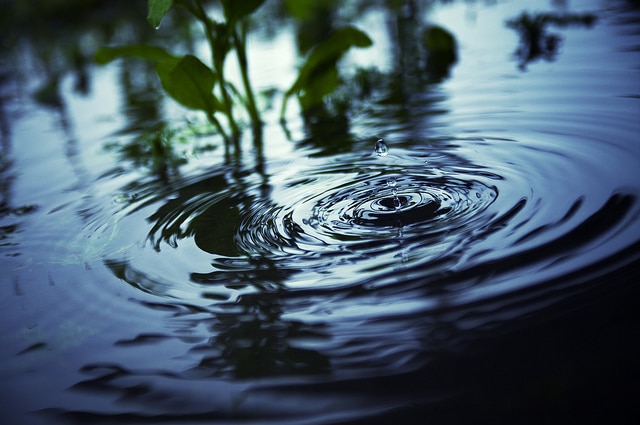
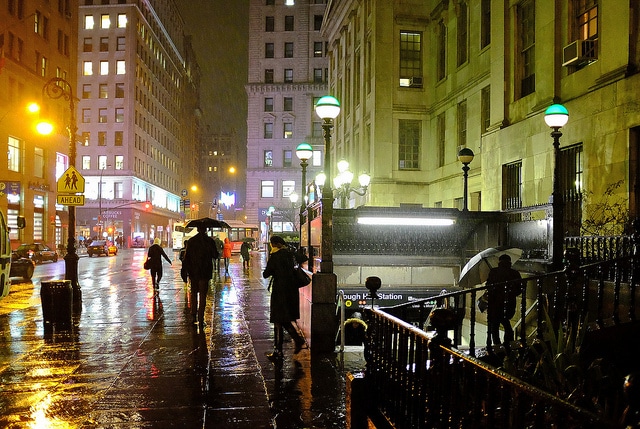
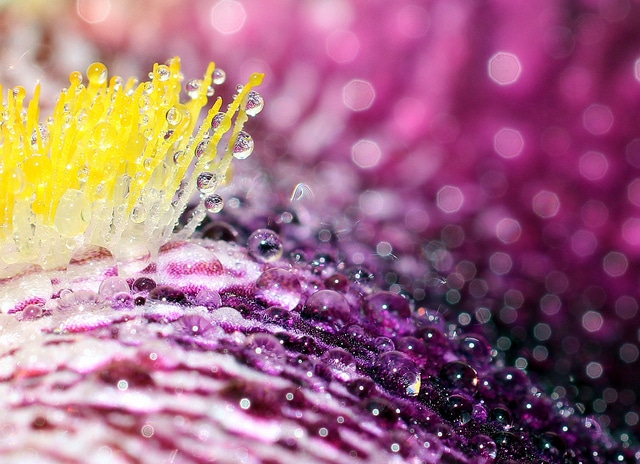
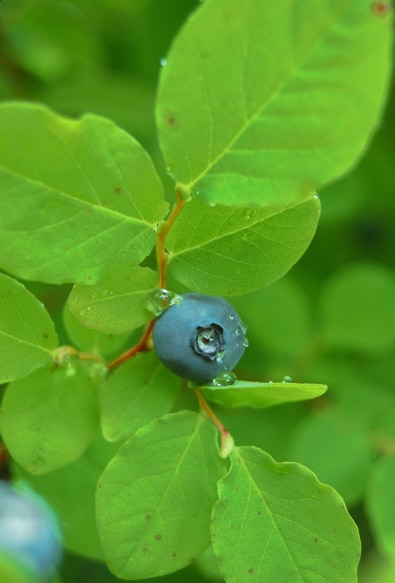
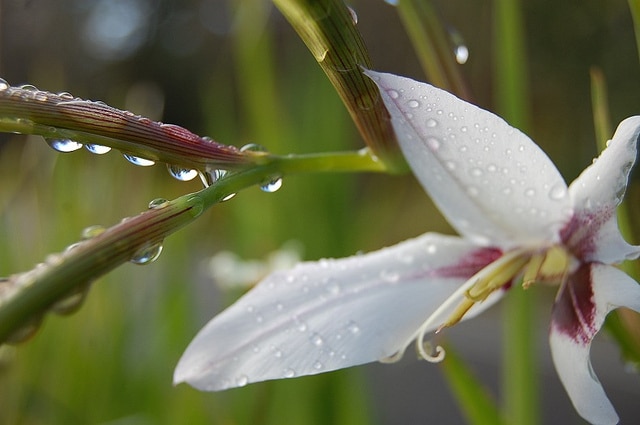
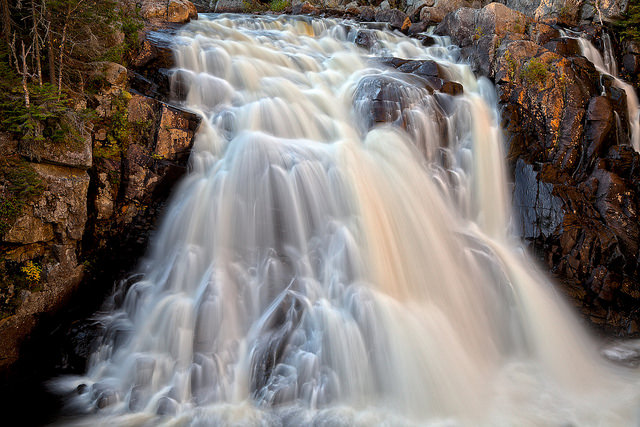
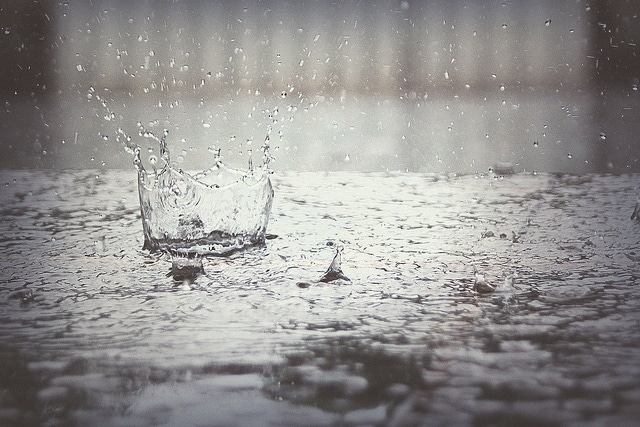
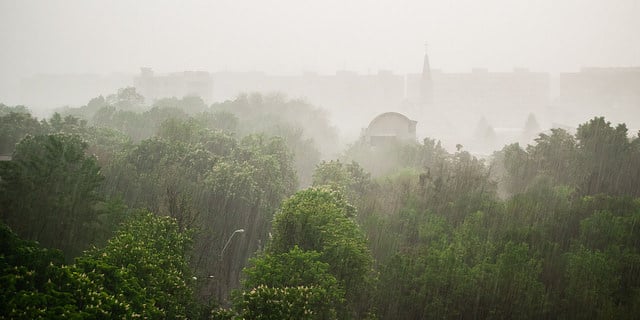
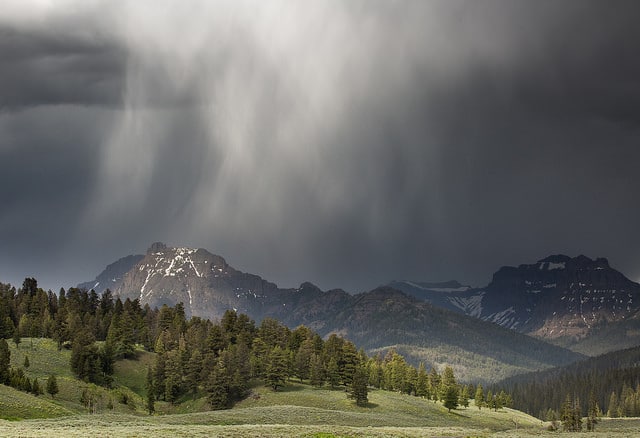

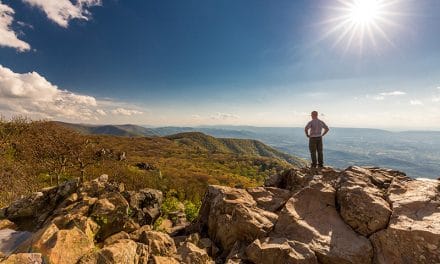
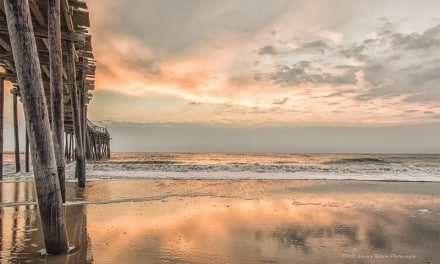
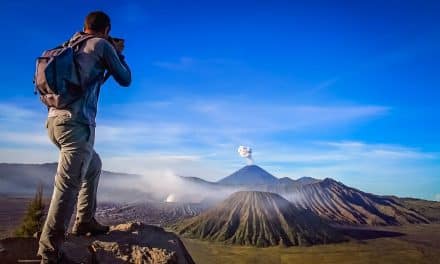
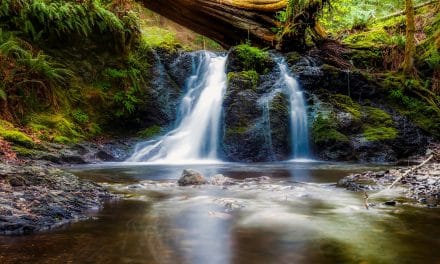





WOW! Fascinating!
So much knowledge and experience!
Overwhelming and intimidating to this
“less than a Novice!”
Beverly Borwick
Interested & Curious!
In Oakland/Memphis, Tennessee